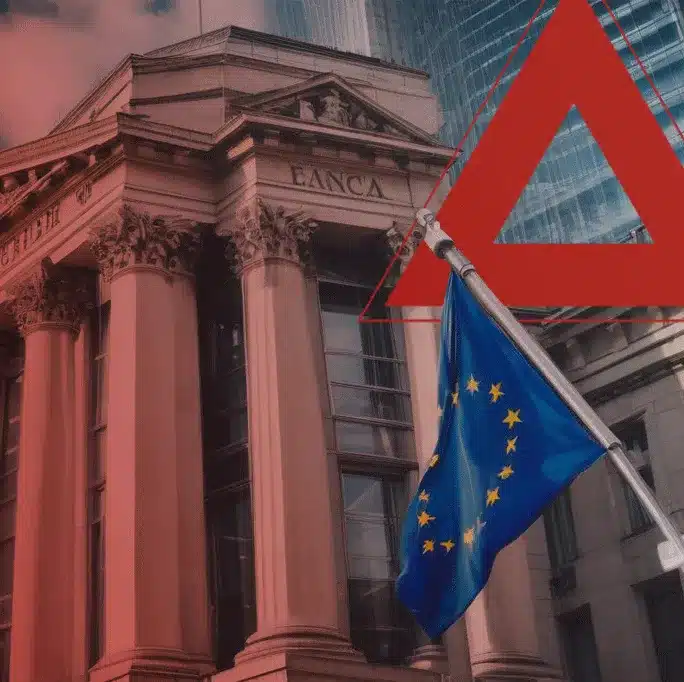As the European Union’s Digital Operational Resilience Act (DORA) takes effect in January 2025, financial institutions are facing a new era of regulatory compliance. This landmark legislation aims to bolster the digital operational resilience of the European financial sector, setting a unified framework for managing ICT risks across the continent. While DORA presents significant opportunities for organizations to enhance their cybersecurity posture, it also poses challenges. Financial institutions must now meet rigorous requirements to ensure that their operations remain resilient in the face of disruptions, such as cyberattacks or system failures.
What is DORA Compliance and Why Does it Matter?
DORA represents the EU’s commitment to creating a harmonized cybersecurity framework that addresses digital threats. It requires financial entities to implement comprehensive strategies for managing ICT risks, ensuring operational continuity, and maintaining high standards of resilience. One of the core goals of DORA is to ensure that financial services are not only protected against disruptions but can recover swiftly and continue providing critical services in the face of cyber threats or other unforeseen events.
DORA compliance is not optional. Financial organizations that fail to meet the requirements could face steep penalties, including fines of up to 2% of annual global turnover.
This regulation is so important, our team has come together to create a whitepaper on how deception technology can help your organization achieve DORA compliance. Download it here.
The Role of Deception Technology in DORA Compliance
While traditional cybersecurity measures focus on defending systems from external threats, DORA demands that financial entities go further. It emphasizes not only the prevention of cyber incidents but also the ability to recover and adapt quickly when disruptions occur. This shift toward operational resilience calls for more advanced security solutions. This is where threat intelligence powered deception technology comes into play.
Deception technology is a proactive cybersecurity strategy that involves deploying decoy systems, assets, and environments designed to mislead attackers. It’s not just about preventing breaches—it’s about detecting and responding to threats early, minimizing damage, and maintaining business continuity. These capabilities are essential for organizations striving to meet the complex requirements of DORA.
How Deception Technology Supports Key DORA Requirements
DORA compliance is built around several pillars, each of which can be strengthened by integrating deception technology into an organization’s ICT risk management and operational resilience strategies:
ICT Risk Management
Deception technology helps organizations understand and manage their ICT risk by creating real-time visibility into potential attack surfaces. Through decoy systems and networks, it identifies gaps in defenses, reveals vulnerabilities, and helps organizations prioritize security measures.
Incident Detection and Response
DORA requires financial entities to have robust incident management capabilities in place. Deception technology excels at early detection by luring attackers into controlled environments, where their actions are monitored. This provides valuable time for security teams to assess the threat, mitigate risks, and respond before any significant damage occurs.
Operational Resilience Testing
One of the key aspects of DORA is testing an organization’s ability to withstand and recover from disruptions. Deception technology facilitates this process by simulating realistic cyberattacks in controlled environments. By testing responses and system robustness under real-world conditions, financial entities can evaluate their operational resilience and ensure they meet the required standards for recovery and continuity.
Third-Party Risk Management
DORA places significant emphasis on managing third-party ICT risks, which can create additional vulnerabilities in financial institutions’ ecosystems. With deception technology, organizations can monitor and detect potential threats stemming from third-party providers, helping them fulfill DORA’s requirements for vendor oversight.
Threat Intelligence Sharing
Effective threat intelligence sharing is a cornerstone of DORA compliance. By capturing and analyzing adversary activity, deception technology generates high-fidelity intelligence that can be shared across organizations and industries.
Find out more in the whitepaper.
Why Deception Technology is the Key to Future-Proof DORA Compliance
As DORA sets a high bar for financial institutions in terms of ICT risk management and operational resilience, it’s clear that traditional cybersecurity strategies alone won’t be enough. Deception technology is a game-changer, offering a proactive and adaptable approach to detecting, deflecting, and responding to cyber threats. By integrating deception technology into their cybersecurity frameworks, financial institutions can not only meet DORA’s stringent requirements but also future-proof their defenses.
Are you ready to meet DORA compliance? To learn more about how threat intelligence powered by deception can support your operational resilience strategy and help you navigate the complexities of DORA, download our whitepaper today.
Navigating the intricacies of DORA compliance requires the right tools and strategies. By leveraging deception technology, financial entities can ensure they are well-equipped to manage ICT risks, respond to incidents swiftly, and maintain operational continuity. Download our whitepaper for an in-depth look at how deception technology can help you meet the regulatory requirements of DORA.


